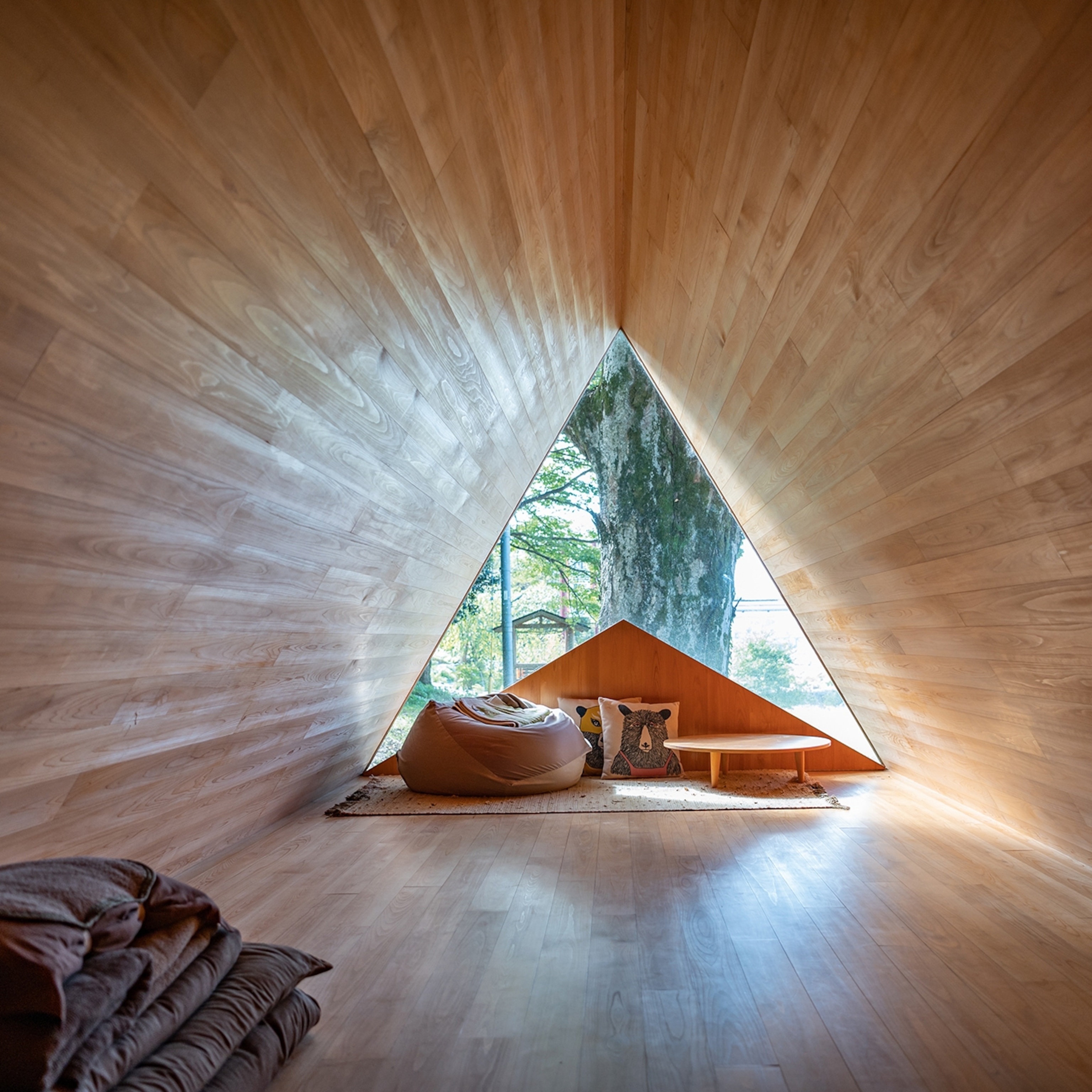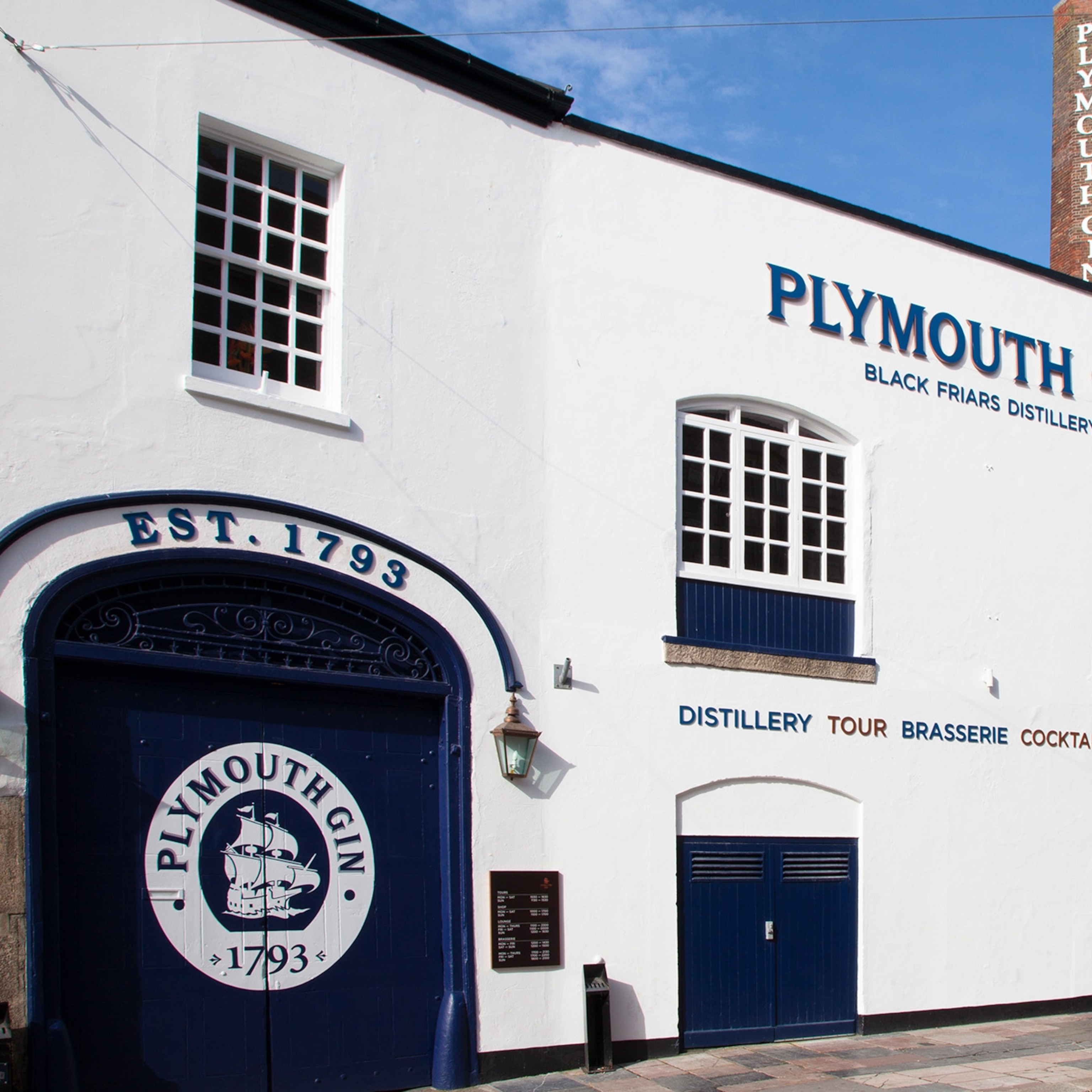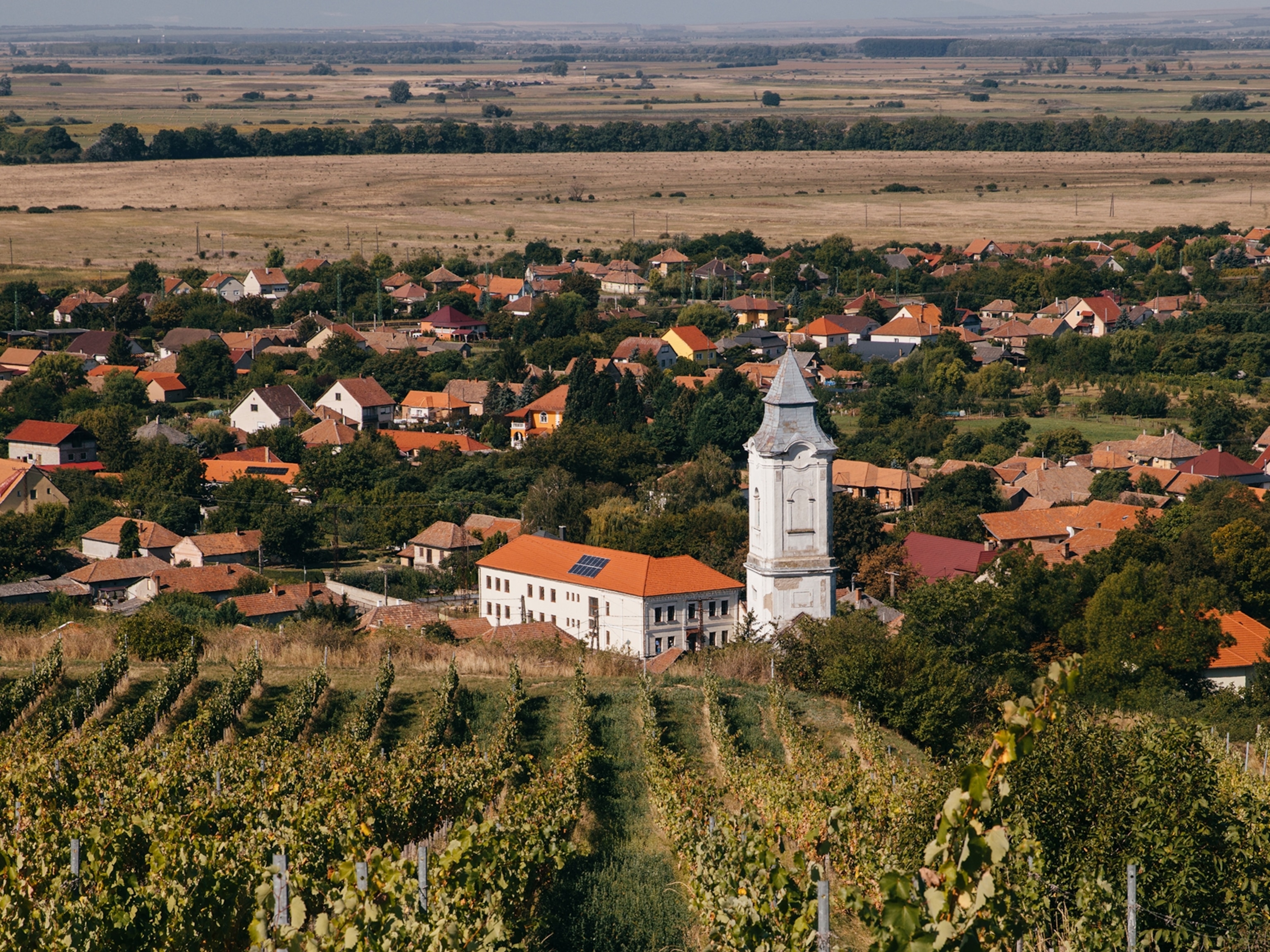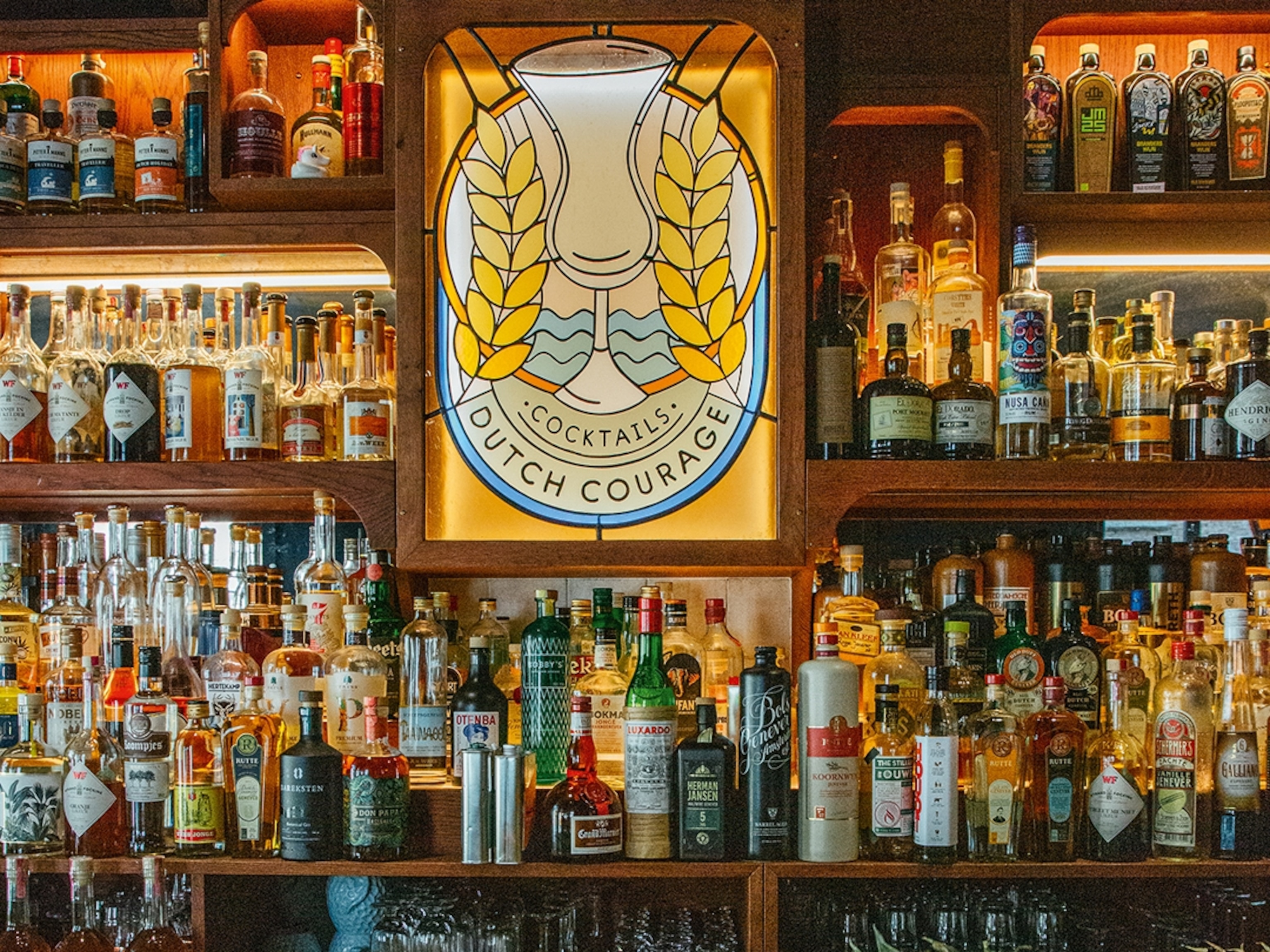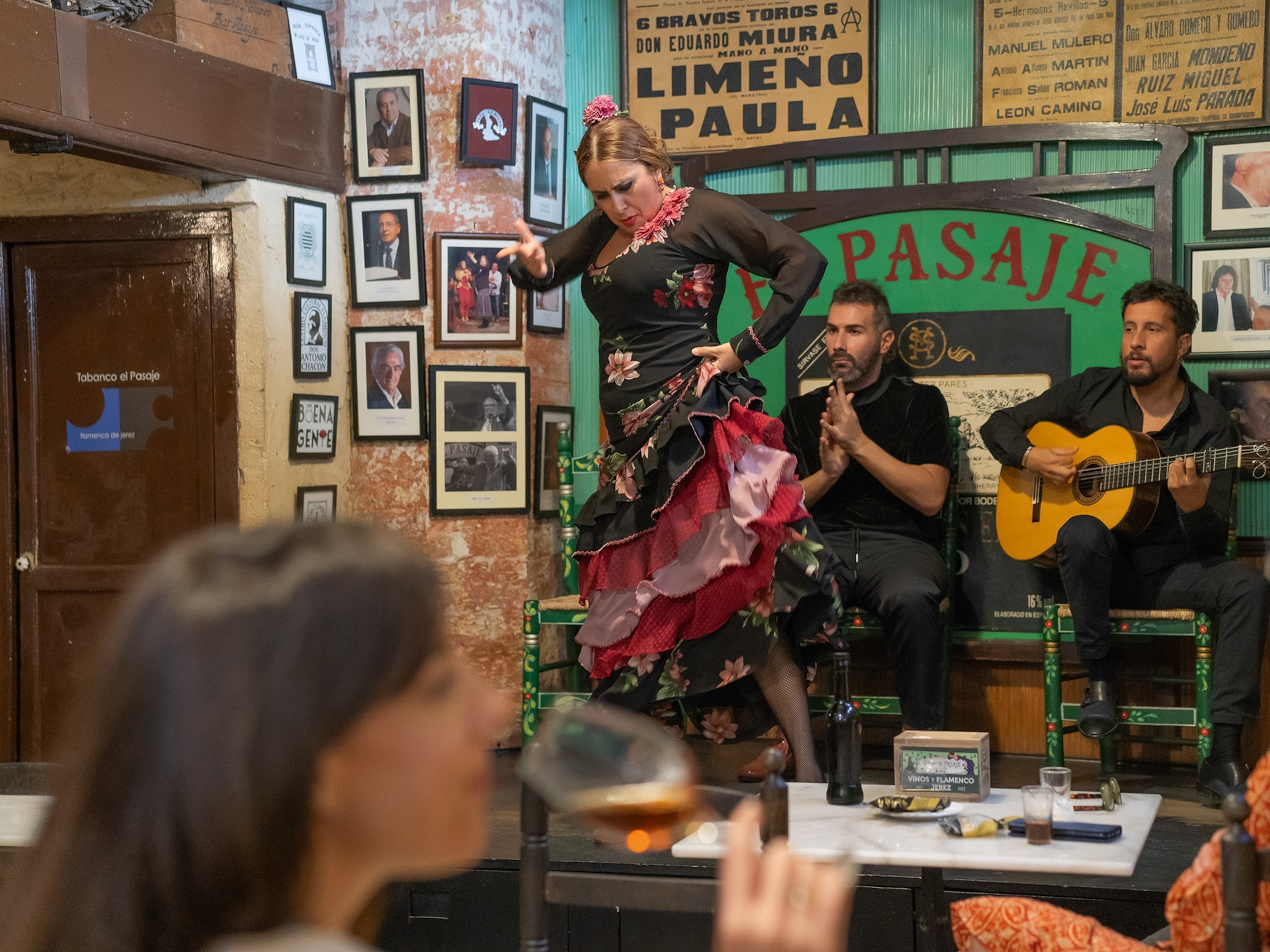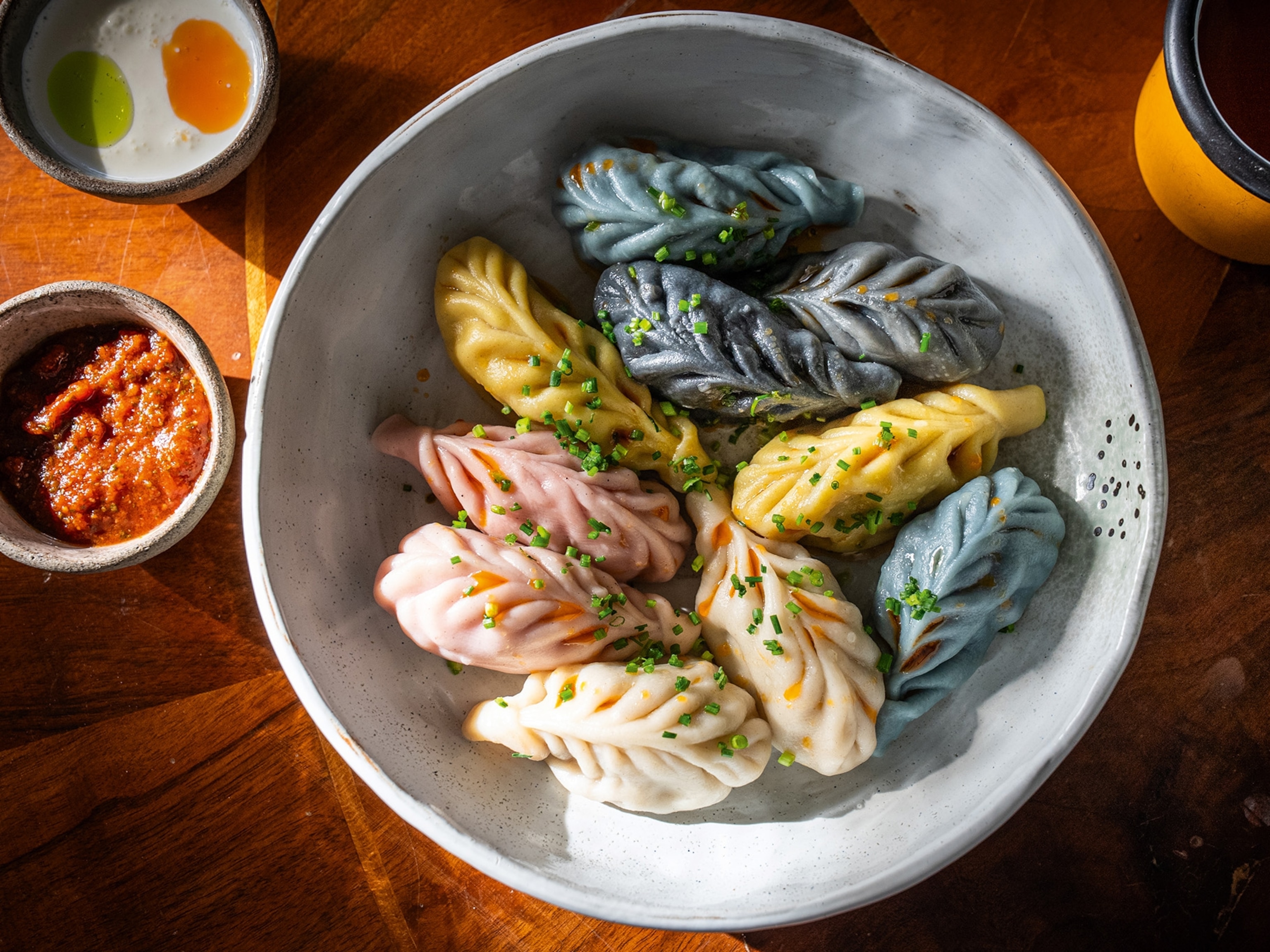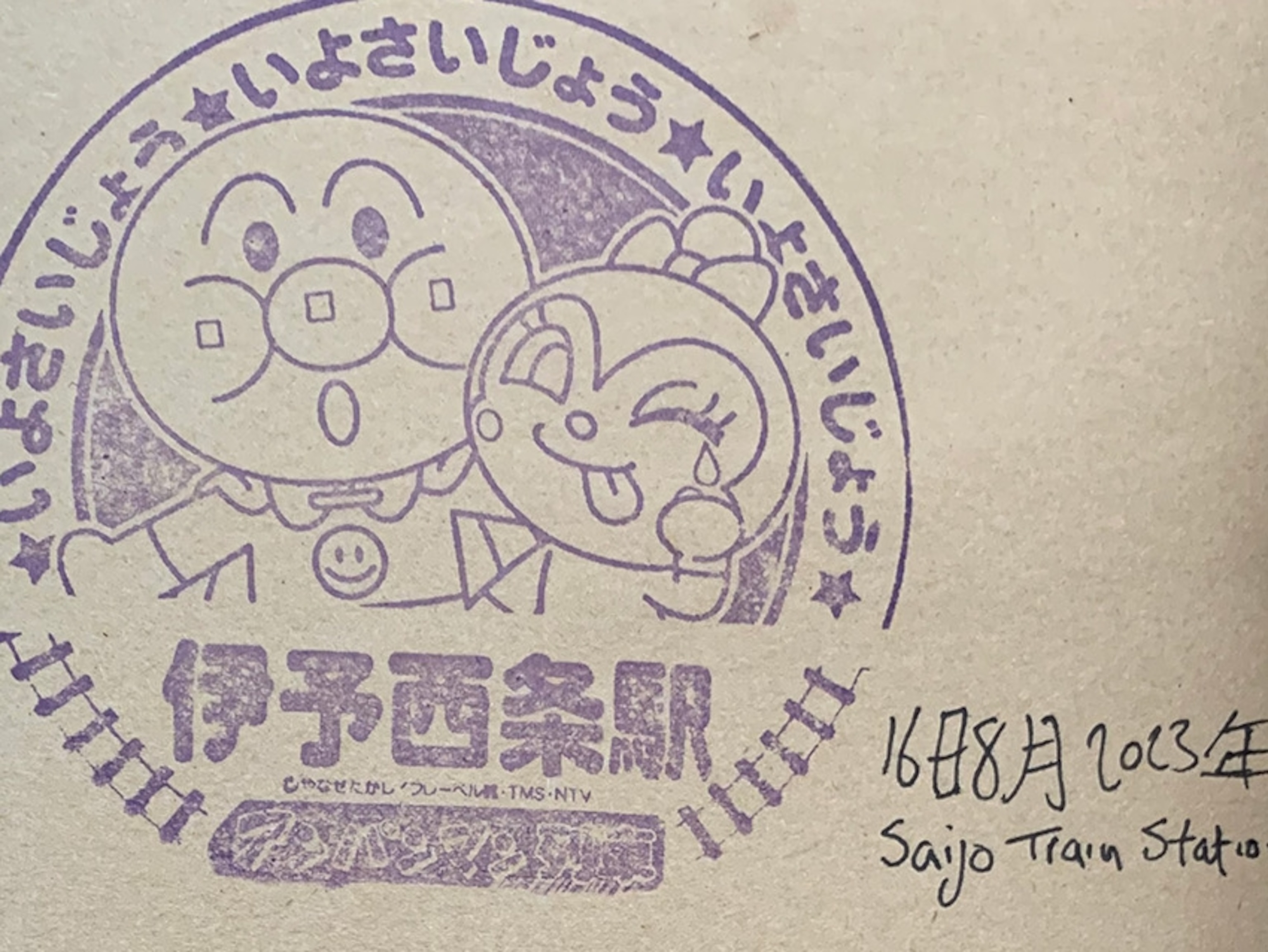
The secret life of sake, Japan’s national obsession
From boisterous bars in Tokyo to bucolic breweries in the hinterlands beyond the capital, sake is intertwined with this island country’s cultural and spiritual life.
Sake is delicious yet deadly. On first taste it’s subtle and sophisticated. It tiptoes about the palate. It arrives politely and even bows. Then, before too long, it kicks you off your feet.
For while sake has the drinkability of wine, it can often be 15-20% ABV. I reflected on this one morning in Tokyo, lying limp in my handkerchief-sized hotel room on the seventh floor of a 34-floor tower block. Splayed out on my bed, all the tonnage of the 27 floors above seemed to press down on my forehead. Sake can make for brutal hangovers. But it also has a place in the soul of Japan.
In simple terms, it’s a rice wine made from polished grain, and it’s brewed in practically every corner of the country. What’s more, Japanese history has marinated, positively stewed in sake. Yet, to many foreigners, it’s shrouded in misconception. For starters: it’s not even called sake.
“We call it ‘Nihonshu’,” Ryuzo had explained some 14 hours earlier, in more lucid times. “And Nihonshu means ‘the drink of Japan’.’’
Ryuzo is an old friend of mine with a fondness for sake-powered nights. At the start of our night out, I meet him in Shinjuku, next to the famous statue of Godzilla roaring at the karaoke bars below.
Shinjuku is Tokyo’s nightlife HQ, stuffed with tourist traps for a bemused and jet-lagged clientele. Fortunately, Ryuzo knows his way around, and — following an unwritten rule for finding Tokyo’s best bars — avoids the obvious, instead leading me into a drab, corporate building, where we catch a lift and open a nondescript door that you might expect would lead to a stationery cupboard. Here, a sign reads ‘NO SAKE, NO LIFE’.
Kurand Sake Market is one of a small chain of sake specialists in the capital. Ryuzo and I buy tickets that entitle us to all-you-can-drink, pour-yourself sake for 90 minutes. I look at the clientele — smart, young professionals sipping contentedly — and try to imagine the crater of devastation should a similar drink-against-the-clock business open in the UK.
Recent history hasn’t been kind to sake. After the Second World War, Japan opened its arms (and its drinks cabinet) to the world. Beer and wine quickly became fashionable. Sake was left on the shelf, and the number of breweries almost halved in 30 years. Only in recent times has sake enjoyed a renaissance that Ryuzo likens to the recent global rise of craft beer. While industrial-scale production has declined, artisanal brewers, often known for their products’ wacky labels and strange infusions, are taking off.
And there’s plenty of those at Kurand Sake Market. The fridge door opens with a waft of polar air, and I sense I’m entering a Narnia of booze. There are umami sakes and fruity sakes. Sakes for beginners and boss-level sakes. There is one whose label solemnly carries the disclaimer that ‘dog sell sake, cat make sake’.
Our 90 minutes starts, and we set out on a whistle-stop tour of Japan: mellow, cockle-warming sakes from Hiroshima; clean, mineral flavours from the frosty mountains of Tohoku. After 45 minutes, I’m trying gloopy white sakes, the liquid as thick as yoghurt. Sake offers a universe of sensations: cold, hot, sweet, savoury, all nurturing a warming glow in your innards.
Our 90-minute slot is soon over, and we bundle out into Shinjuku, at which point the sequence of events is best interpreted by looking at receipts the next morning. With or without a torso-full of sake, Tokyo is an intoxicating place. It’s a city of a billion decibels and a billion billboard pixels, and it’s at its most potent at night.
At one point, I drink sake in a Wendy house-sized bar under railway lines, while trains thunder overhead and the glasses tremble — as if the Godzilla statue had come alive and started wreaking havoc outside. At another, I find myself at a skyscraper-top bar, soaring into the upper atmosphere — the bill also shooting up to the Milky Way — with streetlights glinting like embers below.
At some point, Ryuzo catches the last train home and I amble aimlessly through Tokyo, among people who, in the terminal stages of intoxication, are chatting up the vending machines and singing to the pigeons. The feeling outsiders often speak of in Japan is one of merry bewilderment — of being generally content, while not being quite sure what’s going on at any given time.
It’s the same with me and sake. I can understand, at best, about 15-20%.

In the country
To truly understand sake, I’ve been told, you have to leave Tokyo. Driving north, the traffic thins and green hills emerge from the smog. Rural Japan, it seems, has a split personality. There’s the world below: villages in the valley floors; bullet trains racing rushing rivers. And there’s the world above: shadowy woods; temples encased in cloud — a world that feels untethered to the 21st century. Sake is a product of the rural Japanese landscape: rice from the fields, water from the mountains.
“Sake is part of the journey of life,” explains Koichi Hasegawa. “It’s present at birthdays, weddings and funerals.”
Koichi is the 13th-generation owner of Buko Shuzo brewery in Chichibu, one of the first towns you reach going north from Tokyo. It’s set in a 200-year-old building, whose timbers lean at tipsy angles. Koichi is a head brewer with a priest-like devotion, and a tendency to talk in profound statements that you can imagine having framed and hung on a wall.
When I visit Buko Shuzo, the autumn rice harvest is over and the winter brewing season is in full swing. Workers carry giant stirring rods, looking like lost gondoliers. Understanding the process requires a sober mind — and possibly the chemistry GCSE I failed. Rice is steamed in tanks, mixed with water, yeast and ‘koji’ mould culture, fermented for a few days and left to stand. The water in Chichibu makes for a bold, dry ‘karakuchi’ sake, which we sample in porcelain cups.
“Sake is all about making connections,” says Koichi, with a smile. “There’s a saying that goes, ‘It is better to drink sake with someone once than it is to meet them 100 times without drinking sake.’”
I ask him if sake is like wine — if there are illustrious vintages, and bottles that make him think of happy times gone by. But it seems sake doesn’t keep well. “Brewers don’t want to make the same sake as they made the previous year. They only want to improve it,” Kouichi explains. “You should not dwell on the past; only think of the present.”
For much of its history, sake brewing was reserved for temples and shrines, and it still plays a part in Japan’s Shinto faith. Some believe its giddy effect helps you transcend the mortal world and communicate with gods. Pilgrims sometimes use sake to purify themselves before entering shrines or climbing holy mountains.
“I think sake is a supernatural liquid,” says Yogoemon Ide. “And it was originally used to spread the word of God.”
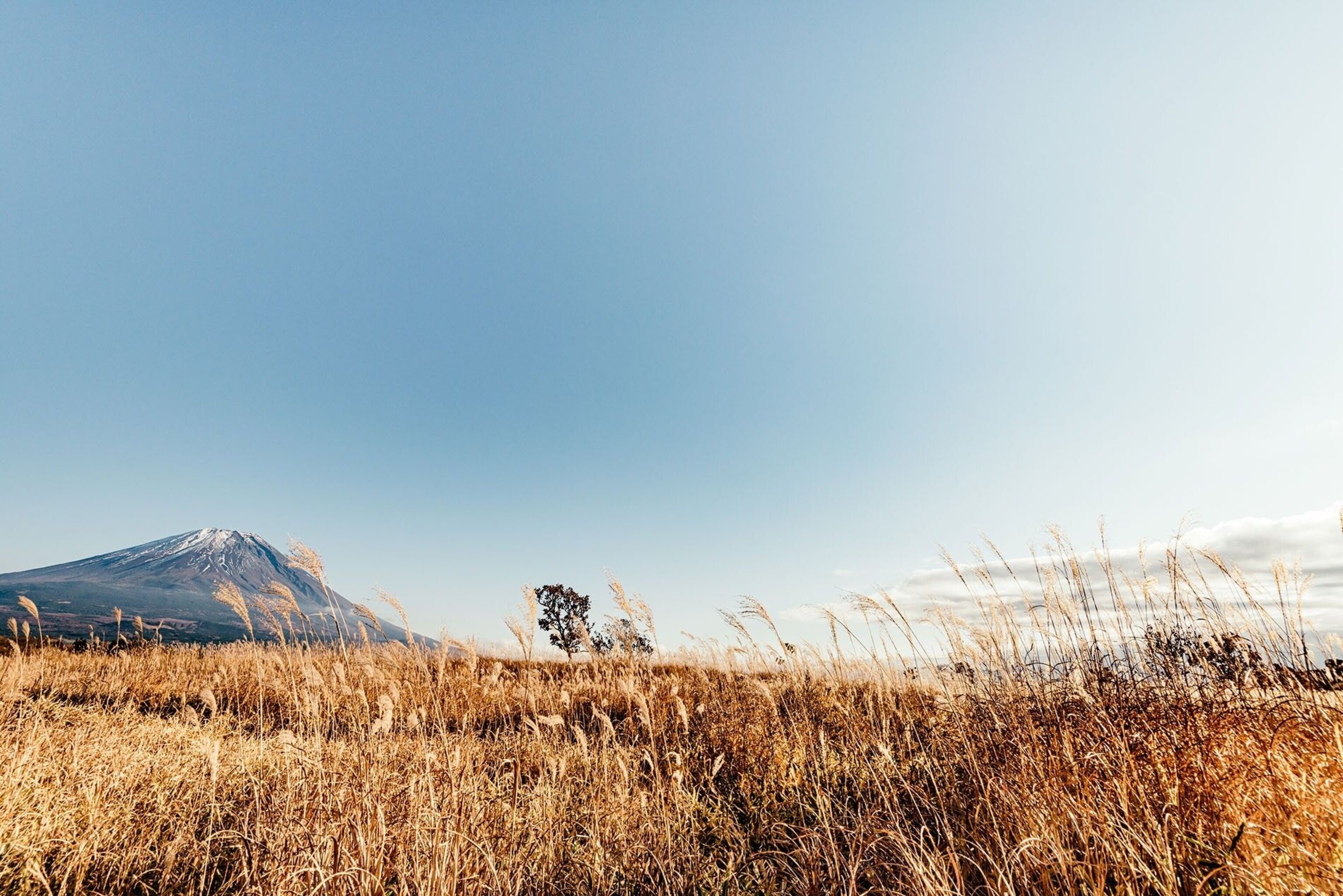
Yogoemon is the president of Ide Sake Brewery — a family-operated brewery that has been in business for 21 generations — near Lake Kawaguchi, south of Chichibu. Mount Fuji rises above the brewery’s rooftops and its silhouette adorns the sake bottles. What’s more, the meltwaters of Japan’s highest, holiest mountain feed the brewery spring. The water takes four decades to filter through Fuji’s volcanic rock, arriving at the brewery after most people who first saw it falling as a flurry of snow have passed into the next life. Unlike in Chichibu, the sake here is sweet, aromatic and heady — in compensation for the cold, inhospitable climate around the volcano, Yogoemon explains.
“You can tell a great deal about a place from the sake brewed there,” he adds. “It’s made with local water and local rice, so when you taste it, you’re truly tasting a part of local culture.”
We taste our way through the different grades of sake, and Yogoemon speaks poetically of how the drink is intertwined with Japanese life. He shares tales of drinking sake beneath the cherry trees in spring, when the rice is first sown, as pink leaves flutter into the glass and drinkers reflect on beginnings; and of sake under the autumn moon, the lunar reflection quivering in the liquid, when drinkers might contemplate the endings in their lives.
Stepping out of the brewery and gazing up at Mount Fuji, I recognise some of the ingredients of the sake: the smoothness of its slopes; the purity of its summit snows; an aftertaste as crisp as the cloudless skies above
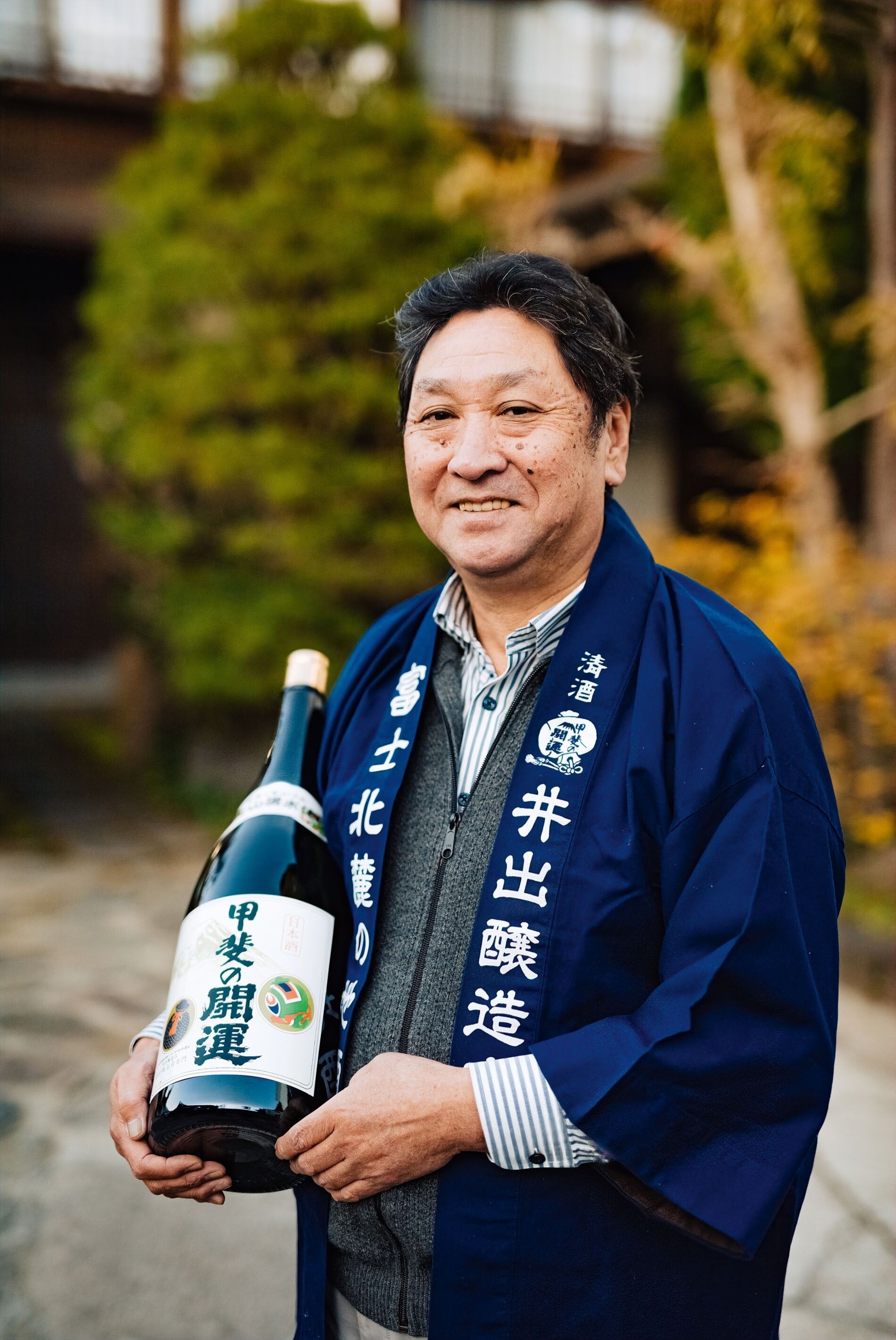
Five to try: Sake breweries
Ide Sake Brewery
Perfectly located for visitors to Fuji, the brewery offers a tour of its inner workings and Japanese garden for Y800 (£5.50). It also has tasting experiences, during which visitors can sample four grades of sake, for Y500 (£3.50). Take home a bottle of sweet Daiginjou (premium-grade sake) from the brewery shop.
Buko Shuzo
Free tours of this rustic timber brewery, located in the centre of Chichibu, can be booked in advance (in Japanese only). First timers should consider trying out their fruity Chichibu Yuzu sake in the onsite shop, which retails for around £8.
Matsuoka Brewery
The acclaimed Matsuoka Brewery makes the most of the Chichibu mountains’ mineral-rich waters. In its shop, the jewel in the crown is the aromatic Daiginjou (£75), made with rice from western Japan. Free English-language tours are available by appointment.
Tokyo Port Brewery
Recently reopened after a century of closure, the miniscule Tokyo Port Brewery is one of the few sake outfits in central Tokyo, and makes its sake with the city’s medium-soft tap water. It’s not yet open for tours, but there’s a tasting shack parked outside on weeknights. Buy a bottle of its sake-based plum wine for around £15.
Ishikawa Brewery
On the northwestern edge of the Tokyo Metropolitan Area, Ishikawa Brewery is set in a series of 19th-century kura (traditional storehouses) and offers regular, free tours in English. As well as its ‘Tamajiman’ sake range, it brews craft beer on site.
Essentials
Getting there
Japan Airlines, British Airways and ANA operate regular flights to Tokyo Haneda from London. British Airways also has flights to Tokyo Narita.
Where to stay
Ikoi no Mura Heritage Minoyama offers views of the wooded hills near Chichibu, an onsen and a choice of Japanese- and Western-style rooms. From £70.
The hilltop Rakuyu Fujikawaguchiko, near Ide Sake Brewery, has great views over Lake Kawaguchi. Rooms from £140.
How to do it
Sake sommelier Satoko Utsugi runs sake-themed evening itineraries around Tokyo from £52 per person.
Sake Tours runs trips to Niigata, in the north, and to Mie and Wakayama, sake heartlands south of Kyoto, from £2,500.
Published in the summer 2021 issue of National Geographic Traveller Food
Follow us on social media
Twitter | Facebook | Instagram
